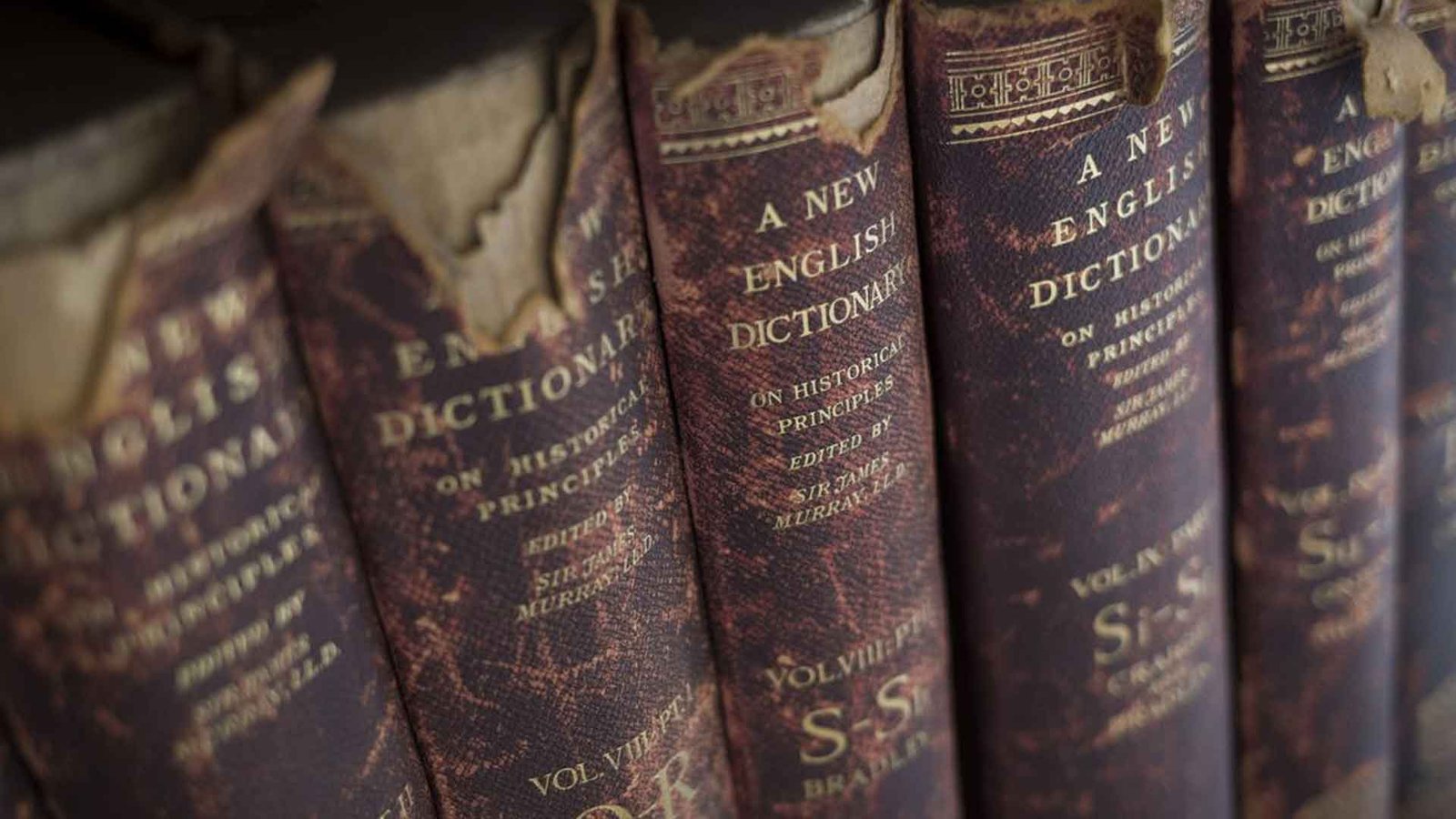The English language has a rich and fascinating history, evolving over centuries and influenced by a variety of cultures and languages. From its origins as a West Germanic language spoken by a small group of people in the British Isles, English has spread around the world, becoming one of the most widely spoken and influential languages on the planet. The English language has undergone significant changes throughout its history, resulting in changes in grammar, structural formations, and vocabulary words. The evolution of English can be divided into several periods, each of which saw significant changes in the language. In this blog post, we will explore the history of the English language, focusing on the periods it has undergone.
Old English (450–1100 AD)
Old English was the earliest form of English spoken in England, and it was heavily influenced by the Germanic languages of the Anglo-Saxons. Old English grammar was highly inflected, meaning that endings were added to words to indicate their grammatical function. For example, the word “catt” (cat) could become “cattes” (of the cat) or “cattum” (to the cat) depending on its grammatical function in a sentence.
Old English vocabulary consisted mainly of Germanic words, and many of the words that are still used in English today can be traced back to this period. However, many of these words have changed in spelling and pronunciation over time.
Middle English (1100–1500 AD)
Middle English saw significant changes in the English language, including changes in grammar, vocabulary, and pronunciation. Middle English was heavily influenced by French, which was spoken by the Norman conquerors of England in 1066.
Middle English grammar was less inflected than Old English, and word order became more important. Many of the inflections that existed in Old English disappeared, and new ways of indicating grammatical relationships were developed. For example, the use of prepositions became more important.
Middle English vocabulary expanded significantly, with many new words entering the language from French, Latin, and other languages. Many words that were borrowed during this period are still used in English today, such as “justice,” “liberty,” and “government.”
Early Modern English (1500–1800 AD)
Early Modern English saw significant changes in grammar, vocabulary, and pronunciation, and it is the period in which modern English began to take shape. During this period, English grammar became more standardized, and many of the irregularities of Middle English were eliminated.
Early Modern English saw significant changes in vocabulary, with many new words being borrowed from Latin and Greek. Shakespeare, who lived during this period, is credited with inventing many new words that are still used in English today, such as “eyeball,” “manager,” and “fashionable.”
Late Modern English (1800-present)
Late Modern English has seen significant changes in grammar, vocabulary, and pronunciation, and it is the period in which English became a global language. During this period, English spelling became standardized, and many of the irregularities of earlier periods were eliminated.
Late Modern English vocabulary has continued to expand, with new words being added to the language on a regular basis. Many new words are borrowed from other languages, such as “karaoke” from Japanese and “taco” from Spanish.
In addition to changes in grammar, structural formations, and vocabulary, certain types of words and phrases have also evolved over time. For example, high-frequency words such as “the,” “and,” and “of” have remained relatively unchanged throughout the history of English, while less frequent words have undergone significant changes in spelling and pronunciation.
Phrasal verbs, which consist of a verb and one or more particles (e.g., “take off,” “put up with”), have become increasingly common in modern English. Proverbs, dictums, and catchphrases have also evolved over time, with many old sayings still in use today, such as “an apple a day keeps the doctor away” and “curiosity killed the cat.”
The debate between descriptive and prescriptive linguistics is a longstanding one, with some linguists arguing that language should be allowed to evolve naturally without being artificially constrained by rules, while others believe that rules are necessary to ensure that language remains coherent and consistent.
Good and Correct English
When it comes to what is considered “good” or “correct” English, there are a few key factors to consider. One of the most important factors is clarity: good English should be clear and easy to understand. This means using proper grammar and syntax, and avoiding convoluted sentences and unnecessary jargon.
Another important factor is appropriateness: good English should be appropriate for the context in which it is being used. This means using language that is appropriate for the audience and the purpose of the communication. For example, a formal business letter should use more formal language than a casual conversation with friends.
Accuracy is also an important factor in good English. This means using words and phrases correctly, and avoiding common errors such as using “your” instead of “you’re” or “there” instead of “their.”
Finally, style is also an important factor in good English. Style refers to the way language is used to create a certain tone or effect. For example, using metaphorical language or imagery can help create a more vivid and engaging style of writing or speaking.
In essence, the English language has evolved significantly over time, with changes in grammar, structural formations, and vocabulary occurring in each period of the language’s history. English is now a global language spoken by millions of people around the world, and it has become more diverse as it has spread to different regions. When it comes to describing and prescribing language use, there are two main approaches: descriptive and prescriptive. And when it comes to what is considered “good” or “correct” English, clarity, appropriateness, accuracy, and style are all important factors to consider.





